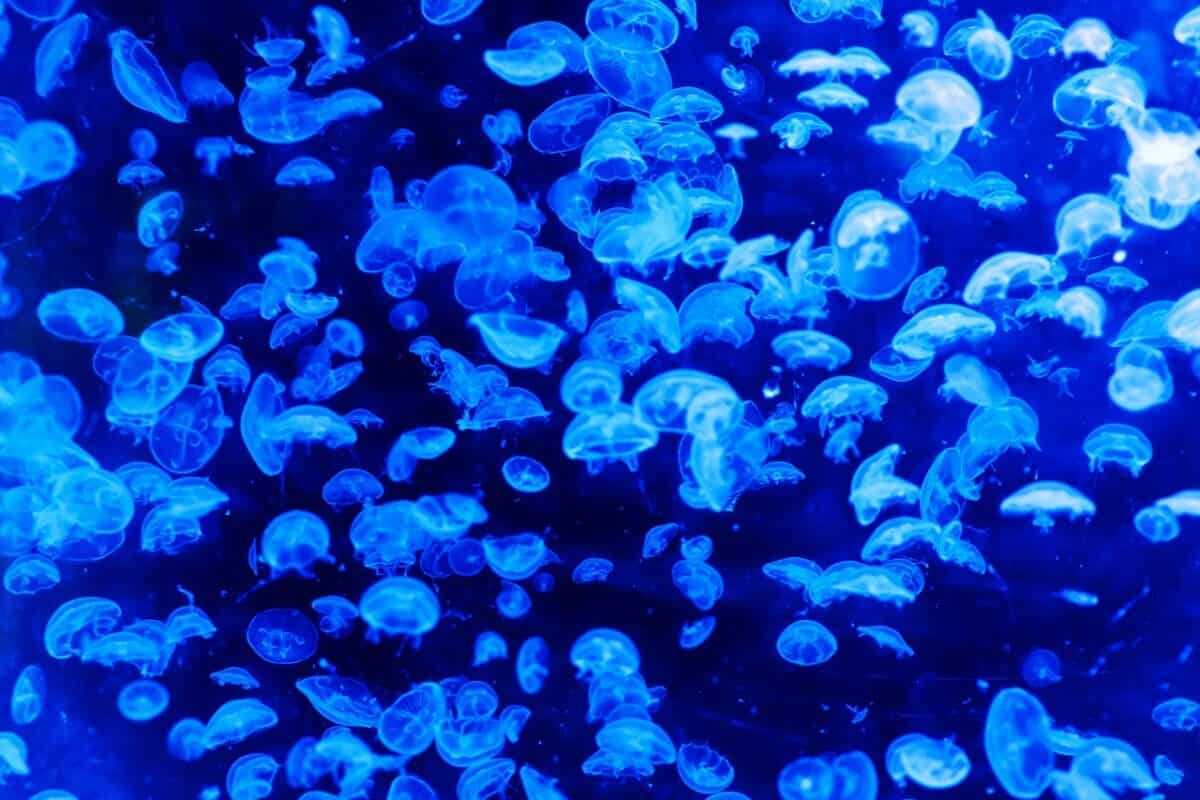The ocean is a realm of wonder and mystery, teeming with creatures as fascinating as they are formidable. Among these, the box jellyfish stands out not only for its unusual shape but for its potent sting. This silent predator is known for its deadly venom and can be found in the waters of the Indo-Pacific region, haunting both marine life and humans who venture into its domain. In this article, we will delve into the biology, behavior, and deadly reputation of the box jellyfish, as well as the steps people can take to protect themselves.
Biological Characteristics

The box jellyfish, scientifically referred to as Chironex fleckeri, is named for its distinct cube-shaped bell. Measuring approximately 10 inches across, the bell is home to up to 15 tentacles on each corner, each capable of extending up to 10 feet in length. Despite their size, box jellyfish are nearly transparent, making them difficult to detect in the water. They possess a unique nervous system that includes four sets of eyes, providing them with the ability to discern light and navigate effectively, distinguishing them from most other jellyfish species. This simple but efficient system allows them to not only avoid obstacles but actively hunt their prey, which predominately includes small fish and crustaceans.
The Venom and Its Effects

Arguably, the most significant aspect of the box jellyfish is its venomous capabilities. Each tentacle is lined with thousands of specialized cells known as cnidocytes, which contain nematocysts—tiny, harpoon-like structures loaded with venom. When triggered, these nematocysts discharge with incredible speed and force, injecting venom into the victim’s skin. This venom is one of the most deadly in the animal kingdom, affecting the heart, nervous system, and skin cells. Contact with a box jellyfish tentacle can lead to unbearable pain, necrosis, cardiac arrest, and, in severe cases, death. For humans, a sting can cause Irukandji syndrome, characterized by severe pain, vomiting, and difficulty breathing.
Habitat and Range

Box jellyfish are predominantly found in the warm coastal waters of the Indo-Pacific region, particularly around northern Australia and Southeast Asia. They thrive in shallow waters near the coast, especially during the warmer months of the year, which coincides with their breeding season. Their presence in popular tourist destinations poses a significant risk to swimmers and beachgoers. Consequentially, local authorities often issue warnings and close beaches if box jellyfish are sighted, especially during “stinger season,” which typically runs from October to May in Australia.
Prevention and First Aid

Awareness and prevention are crucial when it comes to avoiding box jellyfish stings. Wearing protective clothing such as stinger suits is highly recommended for those entering waters where box jellyfish are present. Additionally, swimming in designated areas with protective nets can reduce the risk of encountering these jellyfish. For those living or traveling in affected regions, carrying vinegar to pour on a jellyfish sting can help neutralize the nematocysts, preventing further envenomation. It is essential to seek immediate medical attention following a sting, as symptoms can escalate rapidly, leading to severe complications.
Conclusion

The box jellyfish is a remarkable example of nature’s evolution, a predator as efficient as it is elegant. However, its potent venom and the hidden threat it poses in the ocean make it a creature deserving of respect and caution. By understanding its biology and taking preventive measures, we can coexist safely with this silent predator, appreciating its role in the marine ecosystem while safeguarding human health. As researchers continue to study the box jellyfish, it may yet yield insights into new medical treatments and deepen our understanding of marine biodiversity.
- 14 Dog Breeds That Love to Cuddle - August 9, 2025
- 11 Signs Your Horse Might Be Bored - August 9, 2025
- Jurassic World Dominion Dinosaurs - August 9, 2025

